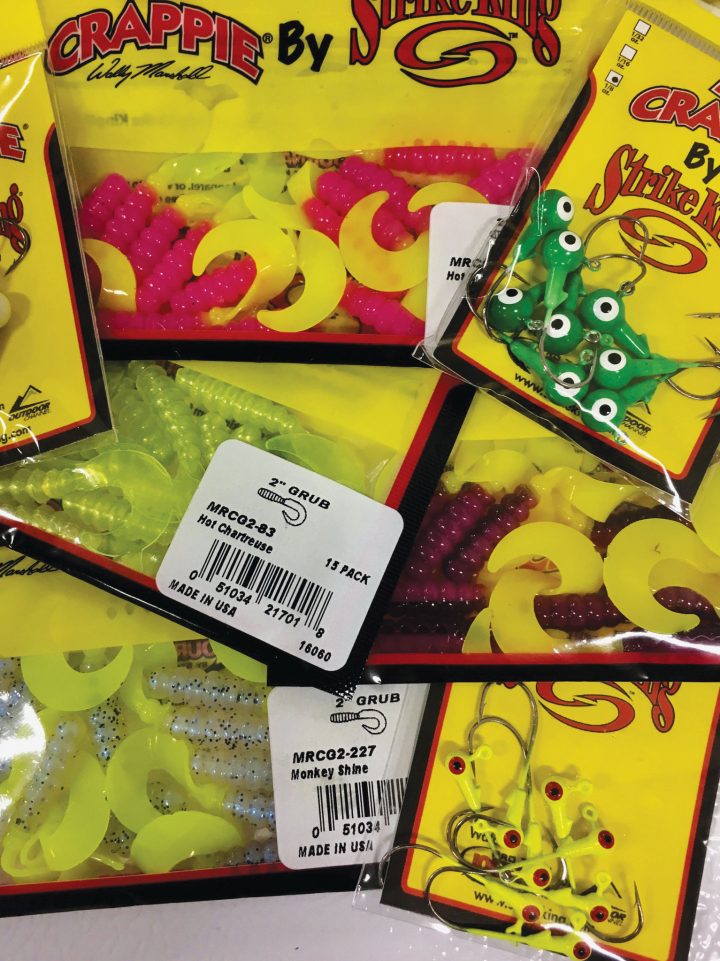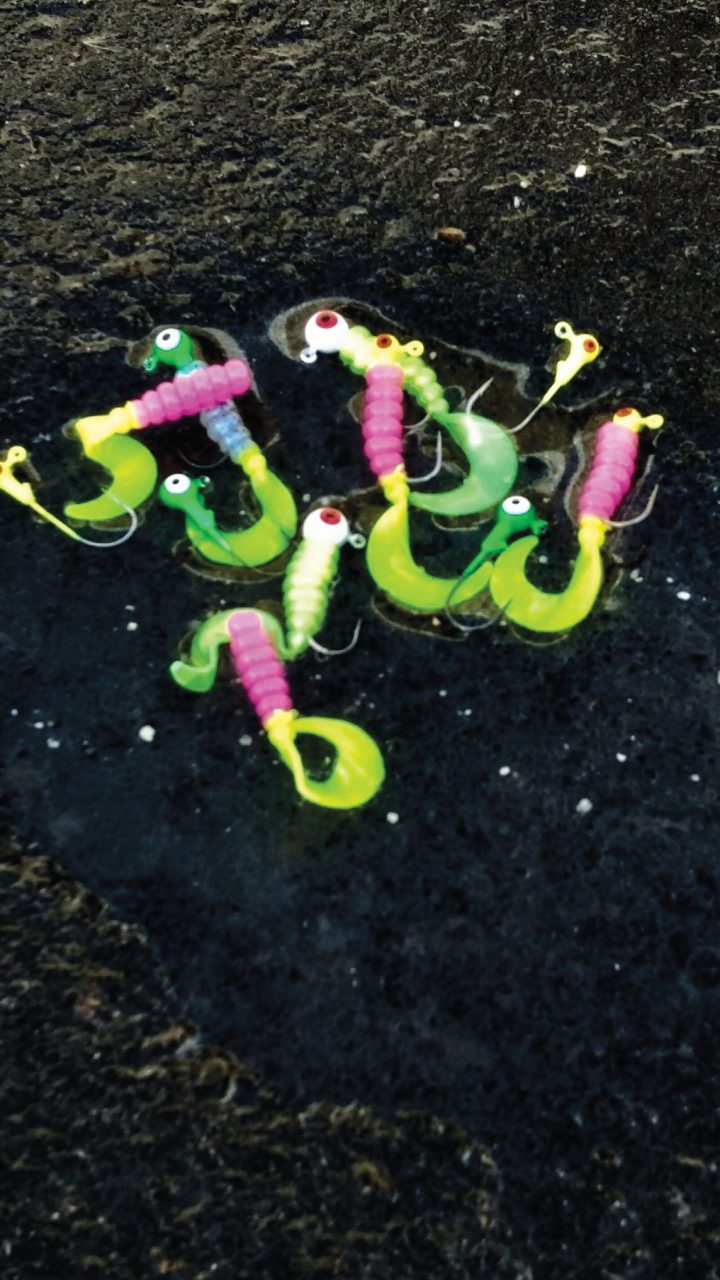
Sometimes referred to as poor man’s tarpon, the American shad is an anadromous fish. This means that most of the fish’s life is spent living in saltwater, but they return to fresh water to spawn. The rising temperatures of spring prompt these fish to return to waters in which they were born to lay eggs. The males, often called bucks, arrive first followed closely by the females, which are often called roe. Adult shad will return to the ocean after spawning. Juvenile shad will spend their first year of life in freshwater but will begin to gather in schools by autumn to swim to the ocean.
The American shad is an awesome fish to fight during the shad run. Shad tend to run through in schools, so most of the time when one angler hooks up, the next angler will be hooking up within seconds. When shad fishing, high number days are not uncommon; however, be sure to stay up to date on regulations from the South Carolina Department of Natural Resources (SCDNR) if you decide to take any. Shad can sometimes be caught while trolling, but most anglers like to set up and drop anchor in the shallower water and cast into the deeper water with a good current.

The lure of choice tends to change with the day and angler. My choice lure for catching shad would be a small curly tail plastic grub on a 1/8 rounded jig head. When in search of good jigs and plastics, I tend to go straight for typical crappie jigs. Strike King Mr. Crappie 2-inch chartreuse and pink curly tailed plastics are among my go-to baits when fishing for this species. I also enjoy using the pink or chartreuse Strike King Mr. Crappie jig heads.
When fishing these lures, it is best to cast into the deeper water allowing the jig to fall to the bottom. Sometimes, the shad will take the lure on the fall; however, the majority of the time, shad will attack on the retrieve. Slowly work the lure back to the boat and wait for the fun to begin.
When fishing for American shad, you may also wish to try for herring as they can put up a good little fight and you can catch multiple fish at a time. Herring move mostly in large schools near banks, and I tend to fish for them while also fishing for shad. However, as they are different fish, I tend to change my tackle slightly. While keeping the same rod and reel combo, I enjoy using sabiki rigs to catch herring. Like other baitfish, they are attracted to the rig, and at times you may snag three or four herring at once.
During the late winter and early spring when spawning fish are running and anglers want some action, American shad and herring are the way to go. Head on out and see these fish jump and try their hardest to spit the hook and keep on swimming. Come on by Palmetto State Armory and visit our Fishing Outpost with any questions you have or fun shad stories to tell. Get on out there and join in on a Lowcountry tradition, where a smaller grub is sometimes better.
Courtney Downing
Palmetto State Armory